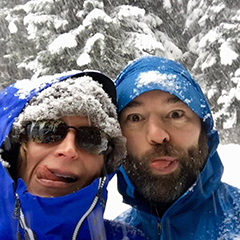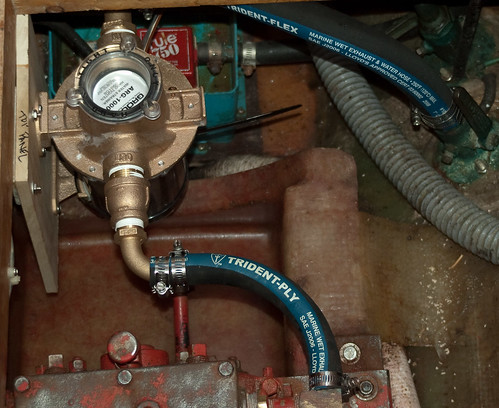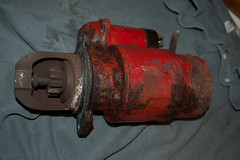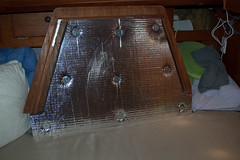Researching Dinghy and Vessel Registration Requirements
Posted on Tue 09 June 2009 in Vessel Documentation
I keep getting a lot of “fog” from people who claim to know all that all dinghies are required to have state registration. This usually amounts to people saying “oh yeah well so and so just got a ticket the other day in their dinghy!”
I’m going to outline what I know and I’m going to outline some steps to get greater clarification on the issue. Here’s what I know and how I know it:
I bought a used 8.5” RIB which is USCG certified up to an 8hp outboard. I contacted the WA Department of licensing in June of 2008 explaining that and asking if I had to have state registration. They said no and this is their reply:
From: DOL INT Titles [mailto:TITLES@DOL.WA.GOV]\ Sent: Monday, May 19, 2008 18:28\ To: Patrick Walters\ Subject: RE: TenderDinghy Vessel registration
Hello Patrick,
As long as the outboard is less than 10 horse power, you do not need to register the tender if it is used exclusively to furnish transportation from a larger vessel to shore and return.
WAC 308-03-010 (18) Definitions
RCW 88.02.030 (6) Exceptions from vessel registration
Thank you,
Vehicle Services
I can’t actually find the link to that WAC code, but RCW 88.02.030 (6) reads as follows:
(6) Vessels equipped with propulsion machinery of less than ten horsepower that:\ (a) Are owned by the owner of a vessel for which a valid vessel number has been issued;\ (b) Display the number of that numbered vessel followed by the suffix "1" in the manner prescribed by the department; and\ (c) Are used as a tender for direct transportation between that vessel and the shore and for no other purpose;
Based on that I see no need to register my dinghy. My vessel; is USCG documented. That means, I do have to pay for WA registration and I have to display a current registration tag, but not the state registration numbers. I am also required buy the USCG to indicate that my dinghy is a tender to my vessel (tt Deep Playa) . I would assume I do not have show any additional stickers on my dinghy, but maybe I am required to display the state sticker or the registration with a “-1” on my dinghy.
There also seems to be some wiggle room with the “and for no other purpose”. Someone commented “if you have a fishing pole on that dinghy they’ll write you a ticket". I am sure some people who enforce these laws find them as confusing as I do.
So that leaves two more things to look into, here’s how I’m going to go about that. I am going to write the same letter (email more likely) and send it to the following agencies who I feel should have the answer about the law:
- Washington State Attorney General Rob McKenna
- Senator Ed Murray
- Representative Jamie Pedersen
- Representative Frank Chop
I thought about contacting the Police and Coast Guard, but I see them more as enforcement and not the “source” of what the law should be.
This should be a fun exercise, I’m expecting that its going to take a lot longer than I do right now (a month) to get an answer. I also think I’ll probably get differing answers, so my expectations are low, but I’m still thinking this will be somewhat fun. I’ll let you know about it as I go along.
Corrected WAC form Allan : The WAC they gave you is wrong. The 03 should be 93, and the WAC should be WAC 308-93-010 (31), not WAC 308-03-010 (18) — #18 is for lifeboat, while #31 is for tenders.






